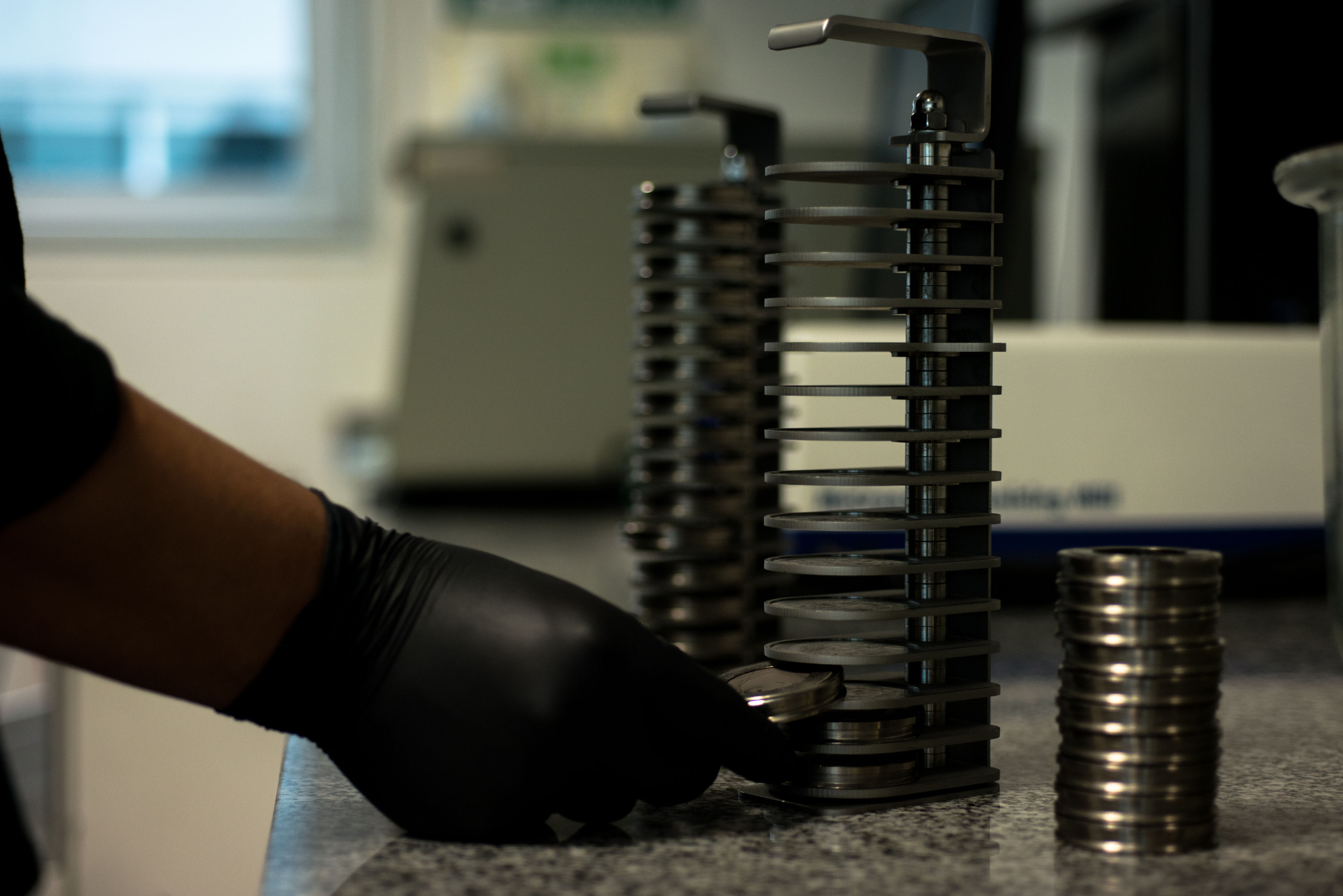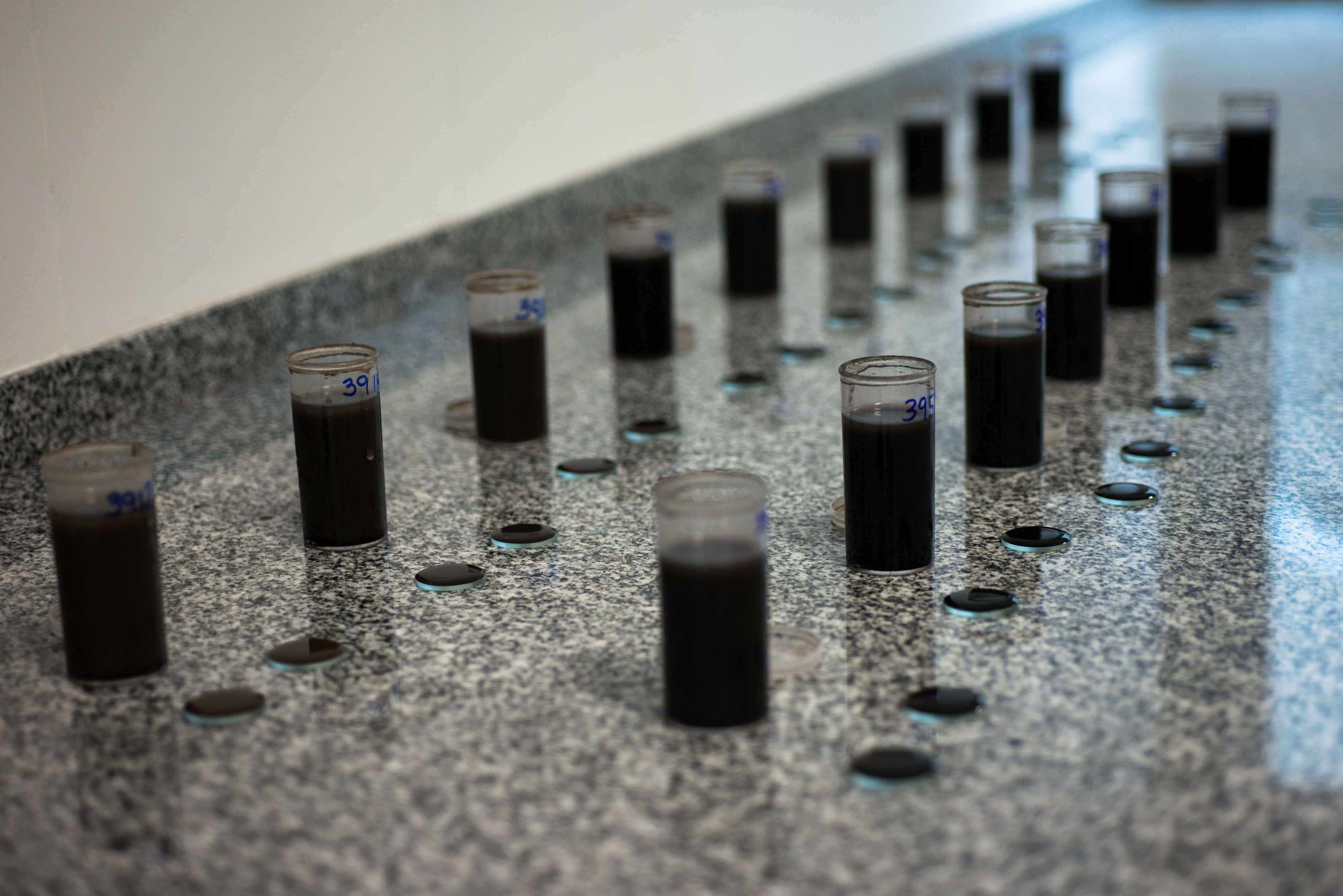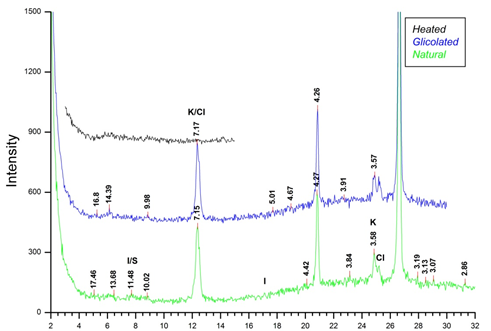The main objective of the X-Ray Diffraction Service is the study of crystalline solid materials both in the form of single crystals and crystalline powder.
EXAMPLES IN THE PHARMACEUTICAL INDUSTRY: determination of the crystalline structure. The single-crystal X-ray diffraction texhnique makes it possible to determine the structure of the crystal lattice and, therefore, provides the key information to distinguish polymorphs. In fact, the established criterion for the acceptance of the existence of polymorphism is the determination of non-equivalent crystalline structures. For example, the Paracetamol molecule has two polymorphs, FORM I and FORM II, having different crystalline structures, and thus, different physicochemical properties.
Structure knowledge is essential to understand the properties of any pharmaceutical agent. FORM I (monoclinic) is thermodynamically stable, used commercially and has poor compression properties. FORM II (orthorhombic) is metastable, becomes FORM I and can be directly compressed. Distinguish polymorphs: pharmaceutical polymorphism is the ability of an active principle to present different crystalline structures, depending mainly on the pressure and temperature conditions in which the synthesis is performed. This phenomenon is of great interest in the pharmaceutical industry, since polymorphs although possessing identical chemical composition differ in their properties (bioavailability, solubility, dissolution rate, thermal stability, compressibility, etc.) which may affect efficacy and safety. For example, a drug with polymorphism is Manitol which is used in the food industry as sweetener specially in the diet of diabetics, and also in medicine as an osmotic diuretic or as a slight renal vasodilator.
Detect impurities. Adjusting the diffraction profile is very useful to detect the presence of impurities in drugs. It consists of adjusting the experimental diffractogram with respect to a calculated diffractogram, until obtaining the smallest difference between both. It should be noted that no structural model is used, and the variables that describe the experimental diffraction profile are refined (zero shift parameter, cell parameters, width and shape of the peaks, background parameters, etc.).



